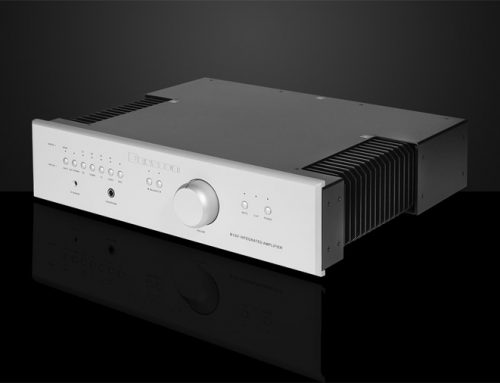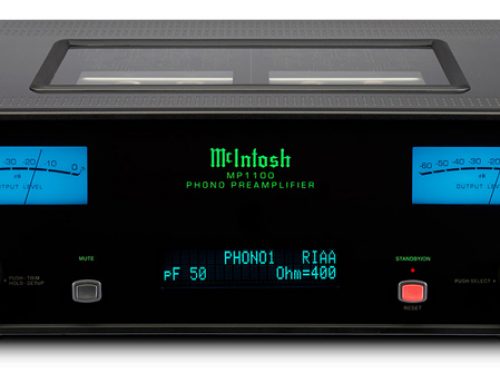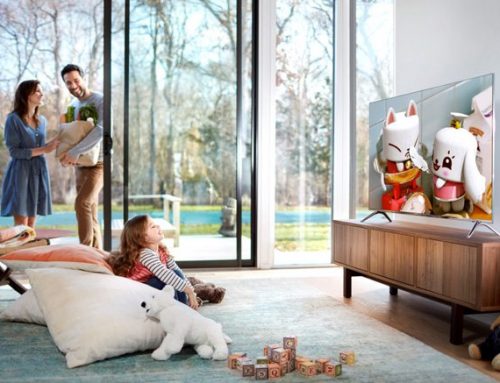On-wall and In-wall Speakers
If you enjoy sound but don’t want to see speakers all around the room, look to in-wall speakers. Many in-wall speakers mount between the studs in the drywall and use the space between the two studs as their enclosure. New generation in-wall speakers come with their own enclosures that completely hide inside the wall. This gives them a much more predicable behavior and reduces the amount of sound escaping to adjacent rooms. The mesh or metal grill of most in-wall speakers can be painted to match your room.
Two styles of in-wall speakers are available: square and round. Square in-walls commonly combine a tweeter and one or more woofers, in a typical bookshelf arrangement. Round in-wall speakers are usually mounted in the ceiling. Round models typically combine a tweeter and a woofer in a coaxial arrangement (with the tweeter placed in front of the woofer).
On-wall speakers are a recent and growing speaker category. With on-wall speakers you don’t have to worry about cutting holes in your drywall and anything that may be behind the drywall because they mount directly on the wall. On-wall speakers are a great match for today’s flat panel television sets and are available in MDF as well as other enclosures.
Evaluating Sound Quality
The performance of a speaker system is very subjective. A set of speakers that sounds great to you, may not be the best choice for someone else. This is why, the best thing you can do when shopping around is to listen to the speakers for yourself. Bring a few CDs and DVDs that you are familiar with to the stores and ask the staff to play them for you.
During your listening tests, make sure to evaluate the speaker’s performance throughout the entire frequency range: the highs, the mids and the lows. Even though most of the sound reproduction will happen in the midrange, the sound should be natural and clear at all frequencies.
Midrange and high frequencies should have a tonal neutrality. A human voice should sound like a real life voice. Most rock, pop, electronic and hip-hop music is not good for evaluating speakers. Instead, use jazz, symphony or other easy listening CDs since they generally have clean and clear voices and use instruments that our ears are familiar with hearing.
Some speakers emphasize certain bass frequencies to increase the perceived bass output. If you’re looking for a natural sounding speaker set, it should not be emphasizing any frequencies. The easiest way to tell if a speaker is altering certain bass frequencies is to listen for bass notes that stick out. Is the bass boomy and muddy, or is it nice and tight? Can you distinguish individual bass notes or are they blurred together into one note?
How is the stereo imaging of the speakers? When listening to a well recorded album in stereo, you should be able to approximate the location of various instruments on the soundstage in front of you. Typically, the vocals should be perfectly centred within this soundstage. Acoustic or live recordings are great for determining stereo imaging. Does the soundstage have adequate width, depth and height? Or does it sound compressed, like it’s all coming from right in front of you?
In a multi-channel speaker system, does the system immerse you in sound? Does it create a realistic ambiance in your room? When action takes place on a busy street in a DVD does your room sound like you’re on the street? Does a rainfall during a movie sound real? A multi-channel system should image well. Do sound effects flow smoothly from channel to channel? When an airplane flies overhead, does it sound realistic or slightly disjoint between the channels?
Shopping for speakers should be a fun experience. Take your time and listen to as many speaker systems as you need before making your final decision. In the end, you should buy speakers because you like the way they sound, not based on any other factors.





